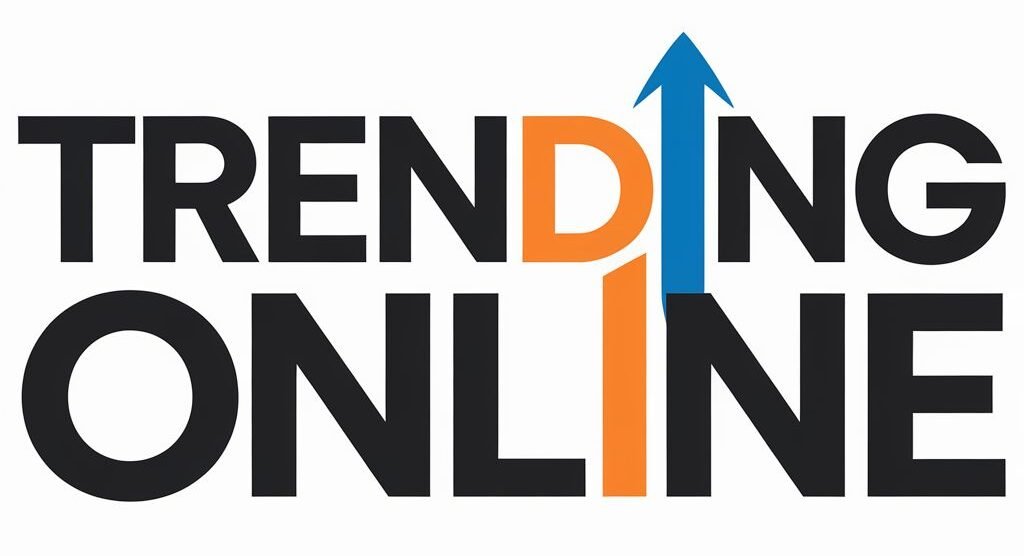Don't Look Away | How to tackle workplace bullying legally in South Africa
For years, South African employees facing abusive managers or hostile colleagues were often told to “toughen up.”
Bullying was dismissed as a mere personality clash rather than a legal concern.
That has changed.
The introduction of the Code of Good Practice on the Prevention and Elimination of Harassment in the Workplace (2022) marked a turning point in South African labour law. Bullying is now recognised as a form of harassment and, in many cases, unfair discrimination.
If you’re waking up with a knot in your stomach every morning because of workplace bullying, here’s how to address it legally and effectively.
What Constitutes Bullying?
Bullying is more than just shouting. The Code broadly defines it as “unwanted conduct which impairs dignity.” This can include:
-
Verbal abuse: Shouting, threats, or continuous, unwarranted criticism.
-
Passive-aggressive behaviour: The silent treatment, withholding essential information, or setting unachievable deadlines intended to sabotage performance.
-
Cyberbullying: Harassing emails, WhatsApp messages or social media posts.
If the behaviour creates a hostile work environment and undermines your dignity, legal recourse is available.
Document the Abuse
Legal cases are built on evidence, not just emotion. Before reporting the behaviour formally, begin compiling a detailed record:
-
Date and time of each incident.
-
Specifics: E.g., “Manager X called me ‘useless’ in front of the team.”
-
Witnesses: Who was present?
-
Impact: Document physical or emotional effects, such as anxiety or time off due to stress.
Retain emails, take screenshots of messages, and record conversations (where legally permitted). This paper trail is your strongest asset.
Lodge a Formal Grievance
This crucial step is often overlooked—yet skipping it can weaken your legal position.
You must allow your employer an opportunity to resolve the issue. Review your company’s grievance procedure and submit a formal written complaint, citing specific examples from your records.
By bypassing this process and going directly to the CCMA, your case may be dismissed on grounds that the employer wasn’t given the chance to intervene. In claims of constructive dismissal, the courts will question whether internal procedures were exhausted.
The Employer’s Legal Duty
Once you’ve filed a grievance, the responsibility shifts to your employer. According to the Employment Equity Act and the new Code, they are legally obligated to investigate and address harassment.
Should your employer ignore the grievance or suggest resolving it informally, they may become legally liable for the ongoing harassment.
Taking the Matter to the CCMA
If your internal complaint is ignored—or the bullying escalates—you may approach the Commission for Conciliation, Mediation and Arbitration (CCMA).
-
Unfair discrimination: Under Section 60 of the Employment Equity Act, you can file a complaint without resigning.
-
Constructive dismissal: If the work environment becomes unbearable, resignation followed by a constructive dismissal claim is an option. However, these cases are difficult to prove. You must demonstrate that the bullying was intolerable and that you followed all internal procedures beforehand.
You Have Rights
Abuse is not part of your job description. South African law upholds your right to dignity at work. However, to enforce these protections, you must be systematic and diligent: gather evidence, follow protocol, and compel accountability.
** Aslam Moolla is the founder and director of Legal Leaders and co-founder of Legal Leaders Insurance. He is a passionate labour lawyer with over 14 years of experience. Moolla and the Legal Leaders have become a prominent voice for workplace fairness and a commitment to ensuring every South African knows their rights and how to defend them.
***The views expressed here do not necessarily represent those of Independent Media or IOL.
IOL Opinion


